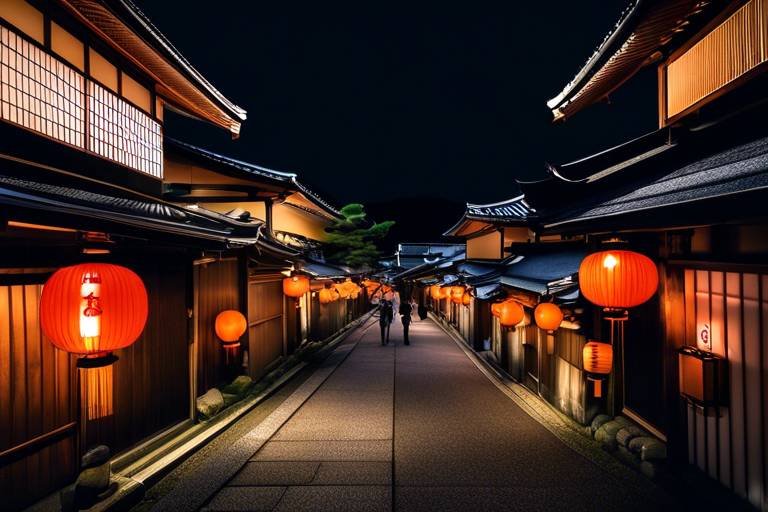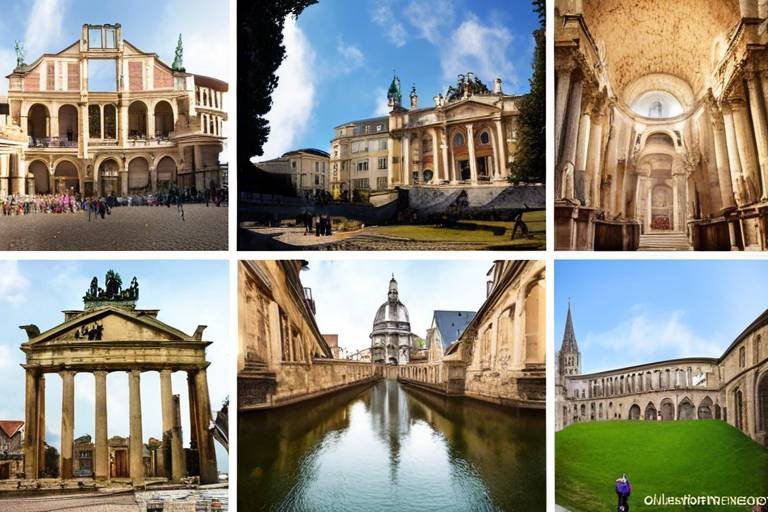Why Kyoto is a Must-Visit Destination in Japan
When it comes to exploring the cultural heart of Japan, Kyoto stands out as a must-visit destination that seamlessly blends tradition with modernity. The city's enchanting allure lies in its historical temples, serene tea houses, breathtaking gardens, vibrant festivals, delectable cuisine, thriving arts scene, and picturesque landscapes that never fail to captivate visitors.
One of the most compelling reasons to visit Kyoto is its wealth of historical temples and shrines, each with its own story to tell. From the iconic Kinkaku-ji, known as the Golden Pavilion, to the mystical Fushimi Inari Taisha with its thousands of vermillion torii gates, these sacred sites offer a glimpse into Japan's spiritual and architectural heritage.
Immerse yourself in the tranquility of traditional tea houses scattered throughout Kyoto, where time seems to stand still. Participate in a tea ceremony and learn about the intricate art of Japanese tea preparation, steeped in centuries-old rituals and etiquette.
Step into a world of natural beauty as you wander through Kyoto's exquisite gardens, such as the enchanting Arashiyama Bamboo Grove and the meditative Ryoan-ji Zen garden. These green sanctuaries provide a peaceful retreat from the bustling city life, inviting you to connect with nature.
Throughout the year, Kyoto comes alive with vibrant cultural festivals like the famous Gion Matsuri and Aoi Matsuri. Witness traditional performances, colorful processions, and elaborate ceremonies that celebrate Japan's rich cultural tapestry in all its glory.
For food enthusiasts, Kyoto offers a culinary paradise where traditional kaiseki meals and street food delights coexist harmoniously. Indulge in local specialties like yuba, a delicate tofu skin, and savor matcha-flavored treats that tantalize the taste buds.
Art aficionados will find themselves in awe of Kyoto's artistic heritage, with opportunities to visit artisan workshops, pottery studios, and textile shops. Witness skilled craftsmen at work, carrying on centuries-old traditions with a touch of modern creativity.
As you explore the scenic landscapes surrounding Kyoto, from the majestic Higashiyama mountains to the tranquil Katsura River, you'll be treated to postcard-perfect views at every turn. Capture the beauty of the Arashiyama district and let the serenity of nature wash over you.
What sets Kyoto apart is its seamless blend of modern architecture and historic landmarks, creating a dynamic urban environment that is both captivating and unique. Wander through the city streets and marvel at the juxtaposition of futuristic skyscrapers and ancient temples, a testament to Kyoto's evolving identity.
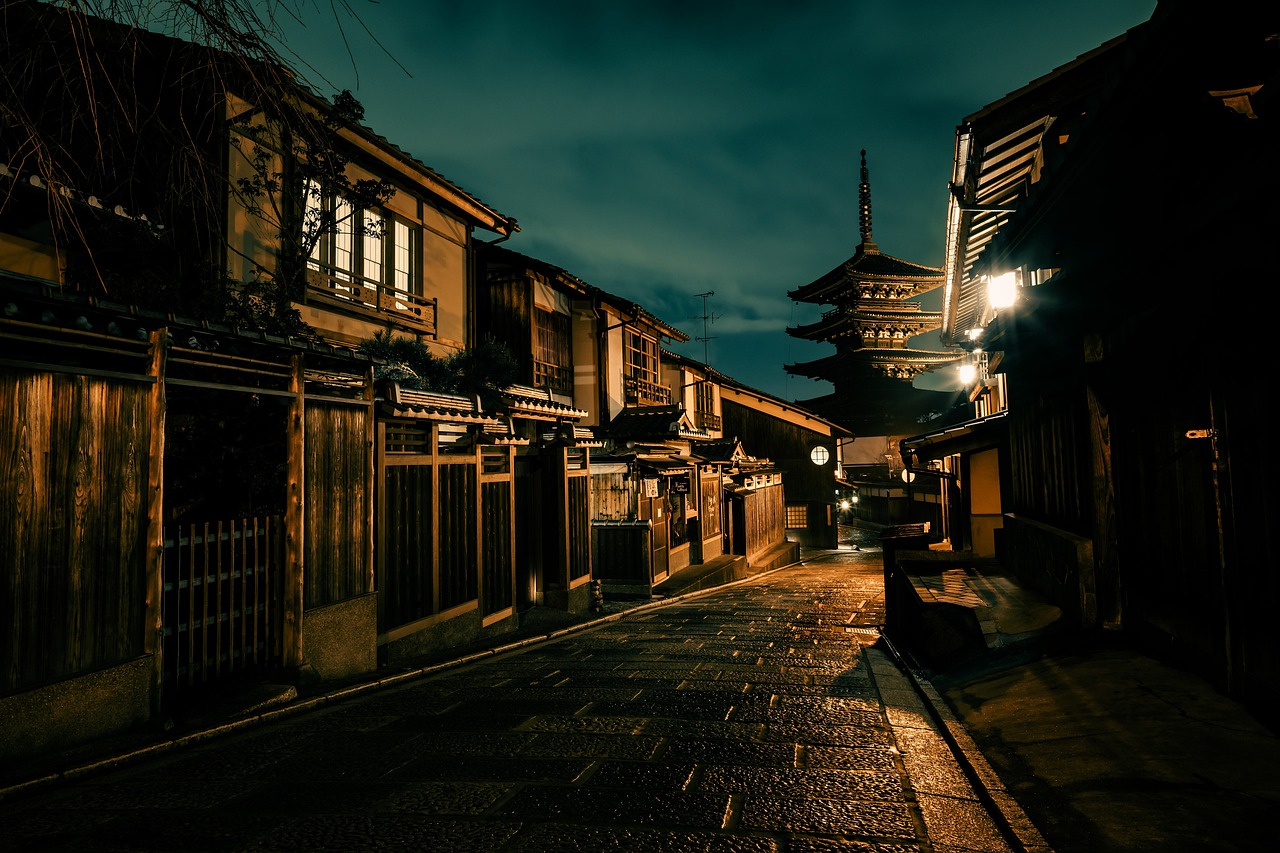
Historical Temples and Shrines
When it comes to historical temples and shrines, Kyoto is a treasure trove of ancient wonders waiting to be explored. One of the most iconic landmarks is the Kinkaku-ji, also known as the Golden Pavilion, a stunning temple covered in gold leaf that shimmers in the sunlight, offering a glimpse into Japan's rich architectural history and spiritual traditions. Walking through its meticulously landscaped gardens, visitors can feel a sense of tranquility and awe as they admire the intricate details of this cultural masterpiece.
Another must-visit site is the Fushimi Inari Taisha, famous for its thousands of vermillion torii gates that form a mesmerizing tunnel leading up to the sacred Mount Inari. This shrine is dedicated to Inari, the Shinto god of rice and prosperity, and is a popular spot for both tourists and locals seeking blessings and good fortune. The vibrant colors of the gates against the lush greenery create a surreal and enchanting atmosphere, making it a photographer's paradise and a spiritual haven for seekers of inner peace.
In addition to these renowned landmarks, Kyoto is home to a myriad of other temples and shrines, each with its own unique charm and history. From the peaceful Kiyomizu-dera perched on a hillside offering panoramic views of the city to the serene Ryoan-ji Zen temple with its famous rock garden that invites contemplation and reflection, every visit to these sacred sites is a journey back in time to a bygone era of tradition and spirituality.
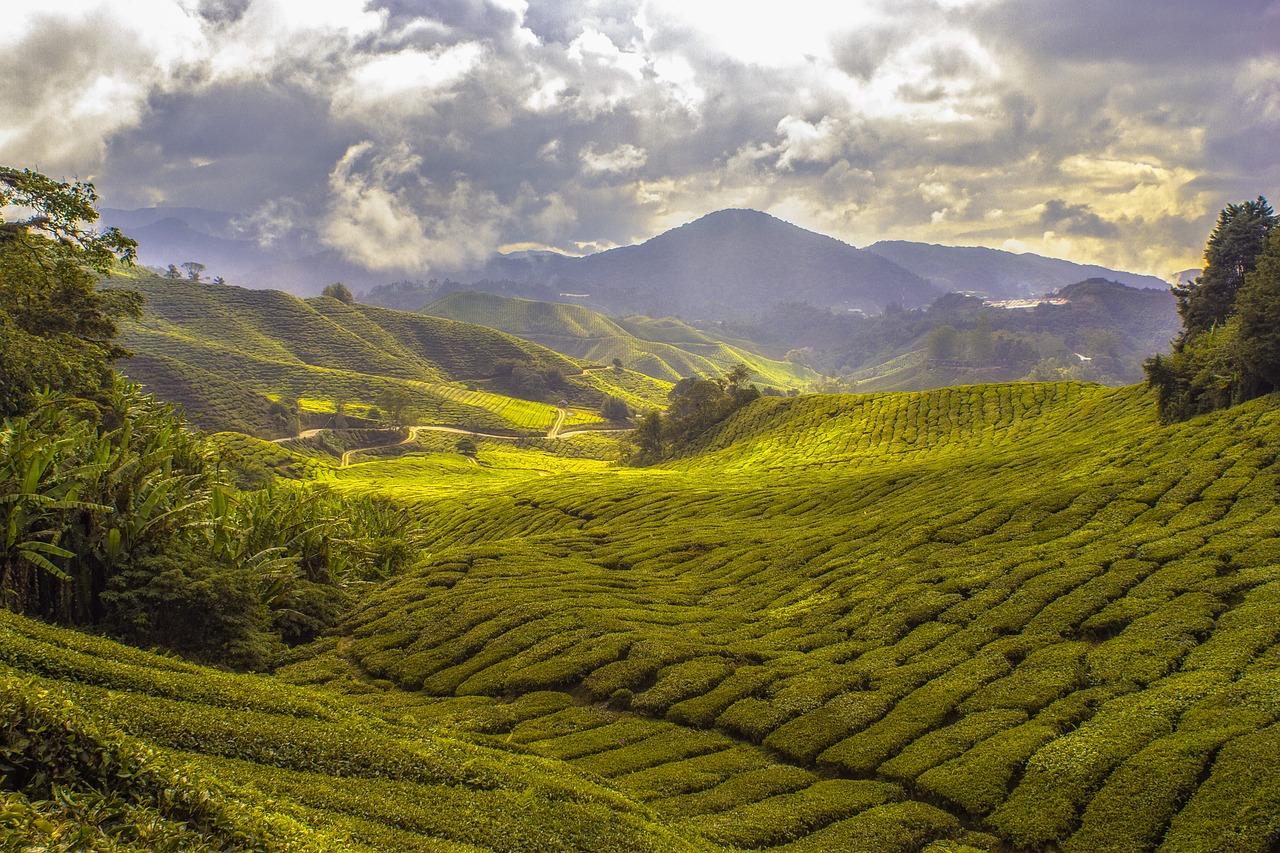
Traditional Tea Houses
When it comes to immersing yourself in the essence of Japanese culture and tradition, Kyoto's traditional tea houses offer a serene escape from the bustling modern world. These quaint establishments, known as "chashitsu," provide a glimpse into the ancient art of tea ceremony, or "chanoyu," where every movement and gesture holds deep meaning and significance.
Stepping into a traditional tea house in Kyoto is like entering a tranquil oasis, where the delicate aroma of freshly brewed matcha tea fills the air, and the sound of a bamboo whisk against a ceramic bowl creates a soothing rhythm. The minimalist decor, featuring tatami floors, sliding paper doors, and simple yet elegant utensils, sets the stage for a meditative experience unlike any other.
Tea houses in Kyoto are not just places to enjoy a cup of tea; they are living museums of Japanese cultural heritage. Visitors have the opportunity to witness the meticulous preparation of matcha by skilled tea masters, who follow centuries-old rituals passed down through generations. Each movement, from the precise whisking of the tea to the respectful exchange of bowls, is a harmonious dance that symbolizes harmony, respect, purity, and tranquility.
Participating in a traditional tea ceremony is not just about drinking tea; it is a holistic sensory experience that engages all five senses. The taste of the bitter yet flavorful matcha, the texture of the delicate wagashi (traditional sweets) served alongside the tea, the soothing aroma of the tatami mats, the sound of nature filtering through the paper doors, and the sight of the graceful movements of the tea master—all come together to create a moment of profound beauty and mindfulness.
Moreover, tea houses in Kyoto often boast stunning garden views, allowing guests to appreciate the harmony between man-made structures and nature's beauty. The carefully curated gardens, with their meticulously trimmed bonsai trees, tranquil ponds, and winding stone paths, provide a peaceful backdrop for contemplation and relaxation.
Visiting a traditional tea house in Kyoto is not just a cultural experience; it is a journey of self-discovery and appreciation for the simple yet profound pleasures of life. It is a reminder to slow down, savor the moment, and find beauty in the smallest of details—a philosophy that lies at the heart of Japanese tea culture.
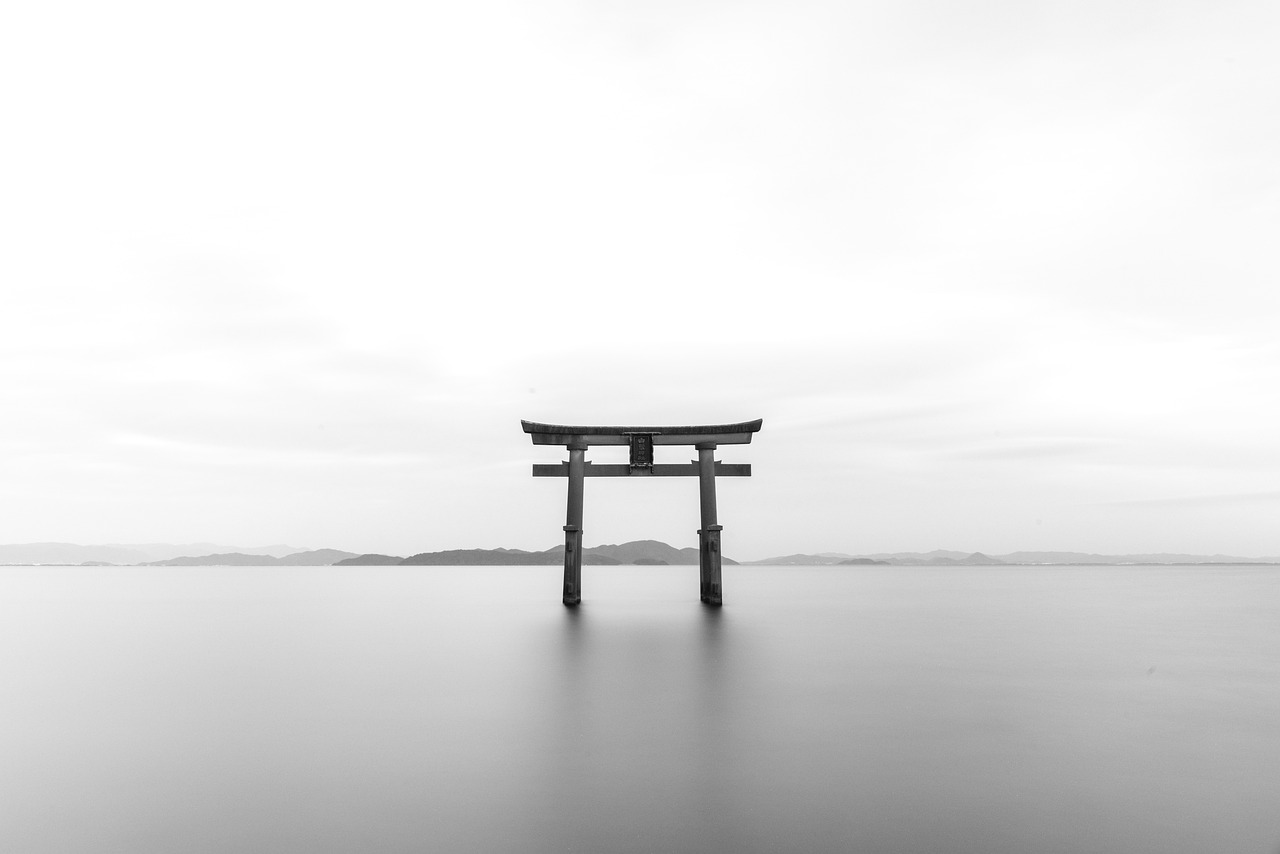
Breathtaking Gardens
When it comes to , Kyoto is a true paradise for nature lovers and those seeking tranquility amidst lush greenery. One of the most iconic natural wonders in Kyoto is the Arashiyama Bamboo Grove, where towering bamboo stalks create a mesmerizing atmosphere that feels like stepping into another world. The rhythmic rustling of the bamboo leaves in the wind adds a sense of serenity to this unique experience.
Another must-visit garden in Kyoto is the Ryoan-ji Zen garden, famous for its minimalist design and carefully arranged rocks and gravel. This Zen garden is a masterpiece of simplicity and harmony, inviting visitors to contemplate its beauty and find inner peace amid the meticulously raked patterns.
Exploring Kyoto's gardens is not just about admiring the scenery; it's also about immersing yourself in nature and connecting with the essence of Japanese aesthetics. The meticulous care and attention to detail in these gardens reflect the Japanese concept of wabi-sabi, finding beauty in imperfection and impermanence.
As you wander through these , you'll encounter a sense of timelessness and a deep appreciation for the harmony between man-made structures and the natural world. The gardens in Kyoto are like living artworks, inviting contemplation and offering a peaceful retreat from the hustle and bustle of modern life.

Cultural Festivals
Discover the charm and beauty of Kyoto, a city in Japan known for its traditional temples, stunning gardens, historic tea houses, and rich cultural heritage that attracts millions of visitors every year.
Explore the ancient temples and shrines in Kyoto, such as Kinkaku-ji (Golden Pavilion) and Fushimi Inari Taisha, which offer a glimpse into Japan's spiritual and architectural history.
Experience the serene atmosphere of traditional tea houses in Kyoto, where you can participate in tea ceremonies and learn about the art of Japanese tea preparation and etiquette.
Stroll through Kyoto's exquisite gardens, like the famous Arashiyama Bamboo Grove and the peaceful Ryoan-ji Zen garden, to immerse yourself in nature and tranquility.
Immerse yourself in vibrant cultural festivals in Kyoto, such as Gion Matsuri and Aoi Matsuri. These festivals offer a glimpse into Japan's rich cultural heritage through traditional performances, processions, and ceremonies that captivate visitors and locals alike. Witness the colorful displays of traditional clothing, intricate dances, and ancient rituals that have been celebrated for centuries.
Indulge in Kyoto's renowned culinary scene, from traditional kaiseki meals to street food delights like yuba (tofu skin) and matcha-flavored treats, offering a unique gastronomic experience.
Discover Kyoto's thriving arts and crafts scene, with opportunities to visit artisan workshops, pottery studios, and traditional textile shops to witness the city's creative talents up close.
Marvel at the picturesque landscapes surrounding Kyoto, including the scenic Arashiyama district, Higashiyama mountains, and the tranquil Katsura River, offering breathtaking views and photo opportunities.
Experience the perfect blend of modernity and tradition in Kyoto, where futuristic architecture coexists with historic buildings, creating a unique and dynamic urban environment that captivates visitors.
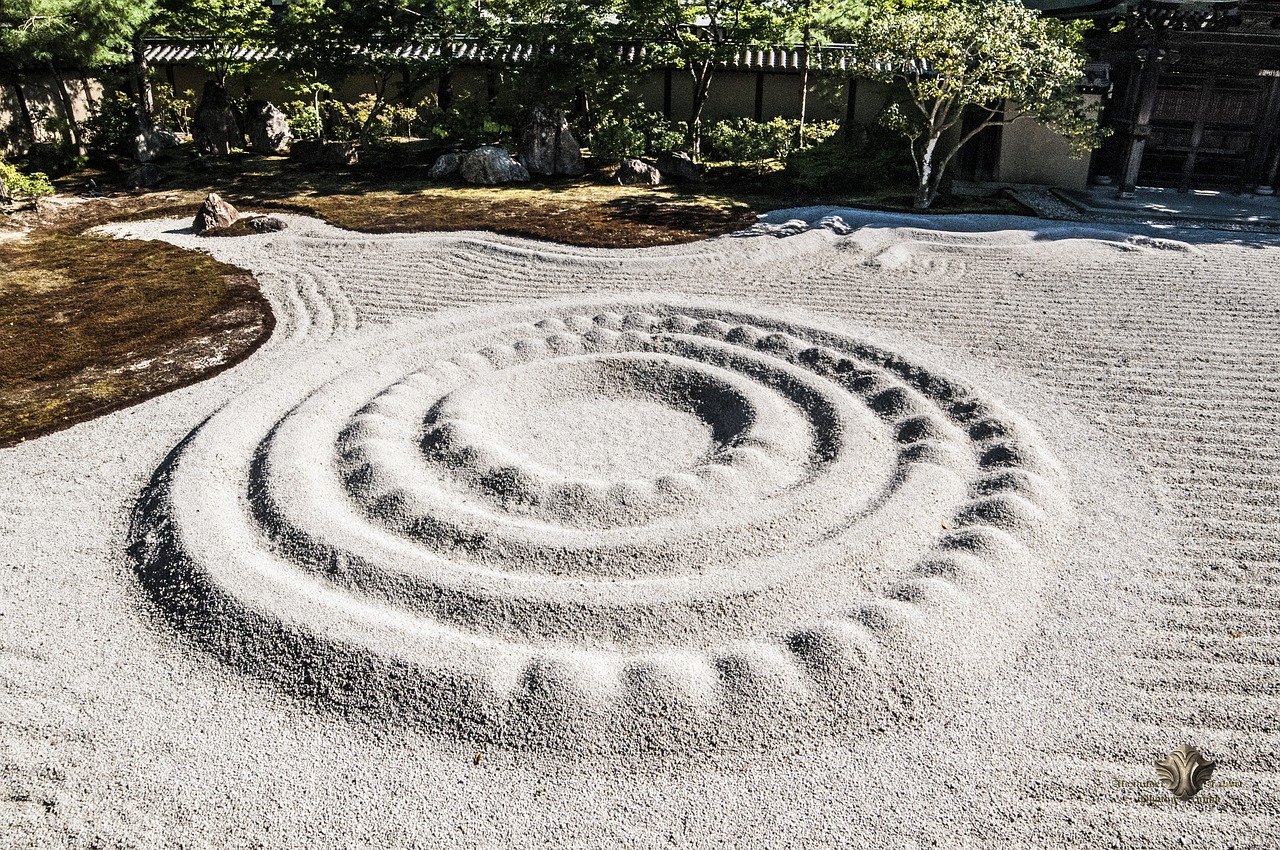
Delicious Cuisine
When it comes to culinary delights, Kyoto is a paradise for food enthusiasts. The city boasts a rich gastronomic scene that reflects its cultural heritage and traditions. From elegant kaiseki dining experiences to humble street food stalls, Kyoto offers a diverse range of flavors and textures that are sure to tantalize your taste buds.
One of the must-try dishes in Kyoto is yuba, a delicate and flavorful tofu skin that is often served in various forms, such as in soups, salads, or as a standalone dish. The process of making yuba is an art in itself, requiring skill and precision to create the perfect texture and taste.
Matcha, a finely ground green tea powder, is another culinary gem that Kyoto is famous for. You can enjoy matcha in traditional tea ceremonies or savor it in desserts like matcha-flavored ice cream, cakes, and chocolates. The earthy and slightly bitter flavor of matcha adds a unique touch to Kyoto's sweet treats.
For those looking for a more substantial meal, Kyoto offers a variety of kaiseki restaurants that serve multi-course meals featuring seasonal ingredients prepared with precision and artistry. Kaiseki dining is not just a meal but a culinary experience that showcases the harmony of flavors, textures, and presentation.
Exploring Kyoto's food scene is not just about satisfying your hunger; it's a journey of discovery and appreciation for the city's culinary heritage. Whether you're indulging in a bowl of steaming hot ramen in a bustling noodle shop or savoring a traditional tea ceremony in a tranquil tea house, every bite in Kyoto tells a story of tradition, craftsmanship, and innovation.
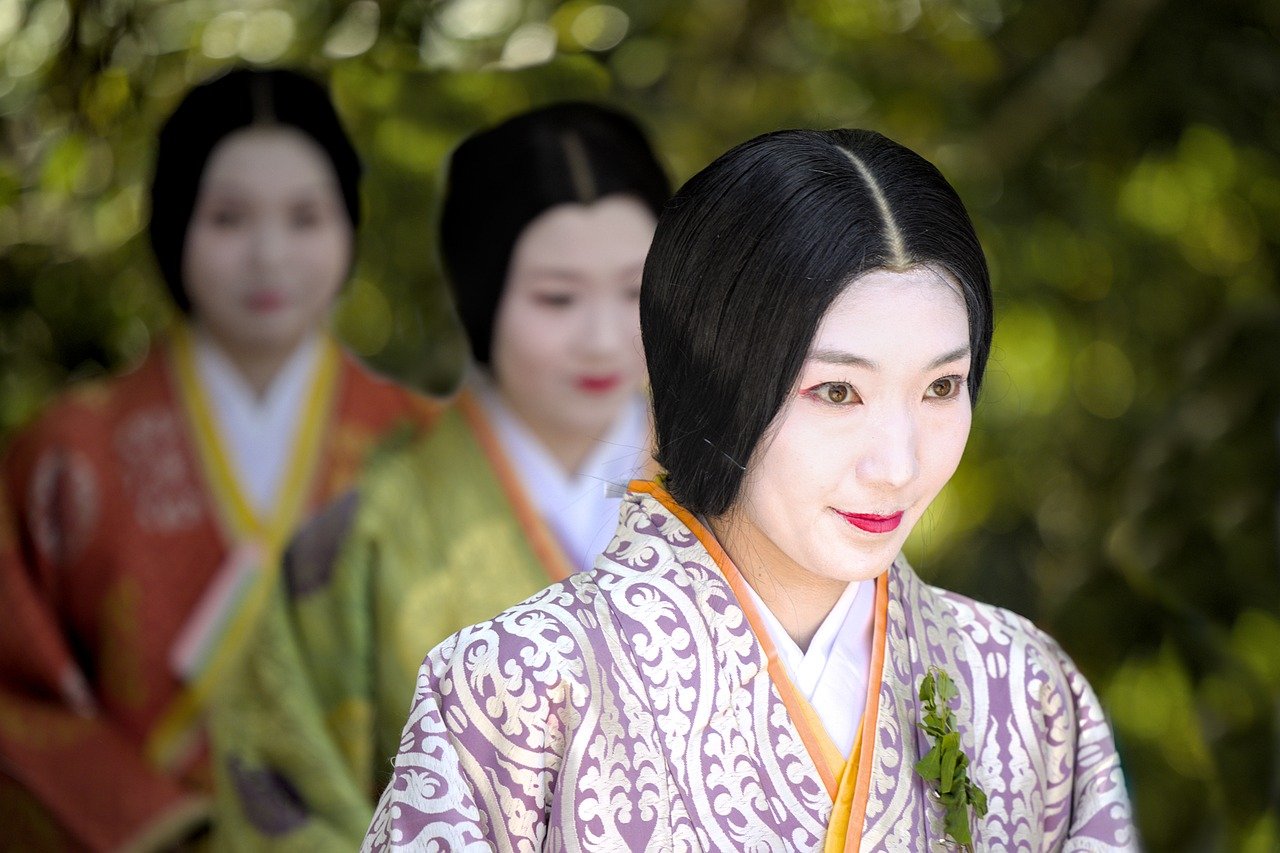
Art and Craftsmanship
When it comes to art and craftsmanship, Kyoto is a treasure trove of creativity and tradition. The city is renowned for its exquisite arts and crafts scene, where skilled artisans continue to uphold centuries-old techniques passed down through generations. Visitors to Kyoto have the unique opportunity to witness these artisans at work, showcasing their mastery in various crafts.
One of the highlights of Kyoto's art scene is the abundance of artisan workshops scattered throughout the city. These workshops offer a glimpse into the meticulous process of creating traditional crafts, such as pottery, lacquerware, and textile weaving. Stepping into these workshops is like stepping back in time, where craftsmanship is revered and every piece created is a work of art.
For those interested in pottery, Kyoto's pottery studios are a must-visit. Here, you can observe potters shaping clay into intricate vessels and decorative items, showcasing the delicate balance between tradition and innovation. The city's rich history in ceramics is evident in the exquisite pieces produced by these talented artisans.
Additionally, Kyoto is home to a variety of traditional textile shops, where visitors can marvel at the intricate patterns and vibrant colors of kimono fabrics. These textiles are not just pieces of cloth but reflections of Kyoto's cultural heritage and artistic expression. Watching skilled craftsmen weave silk threads into stunning textiles is a mesmerizing experience that highlights the city's dedication to preserving its artistic legacy.
Furthermore, Kyoto's craftsmanship extends beyond traditional arts to contemporary expressions of creativity. The city is a hub for modern artists and designers pushing boundaries and redefining traditional techniques in innovative ways. Visitors can explore galleries and studios showcasing the fusion of traditional craftsmanship with modern aesthetics, offering a glimpse into Kyoto's evolving art scene.
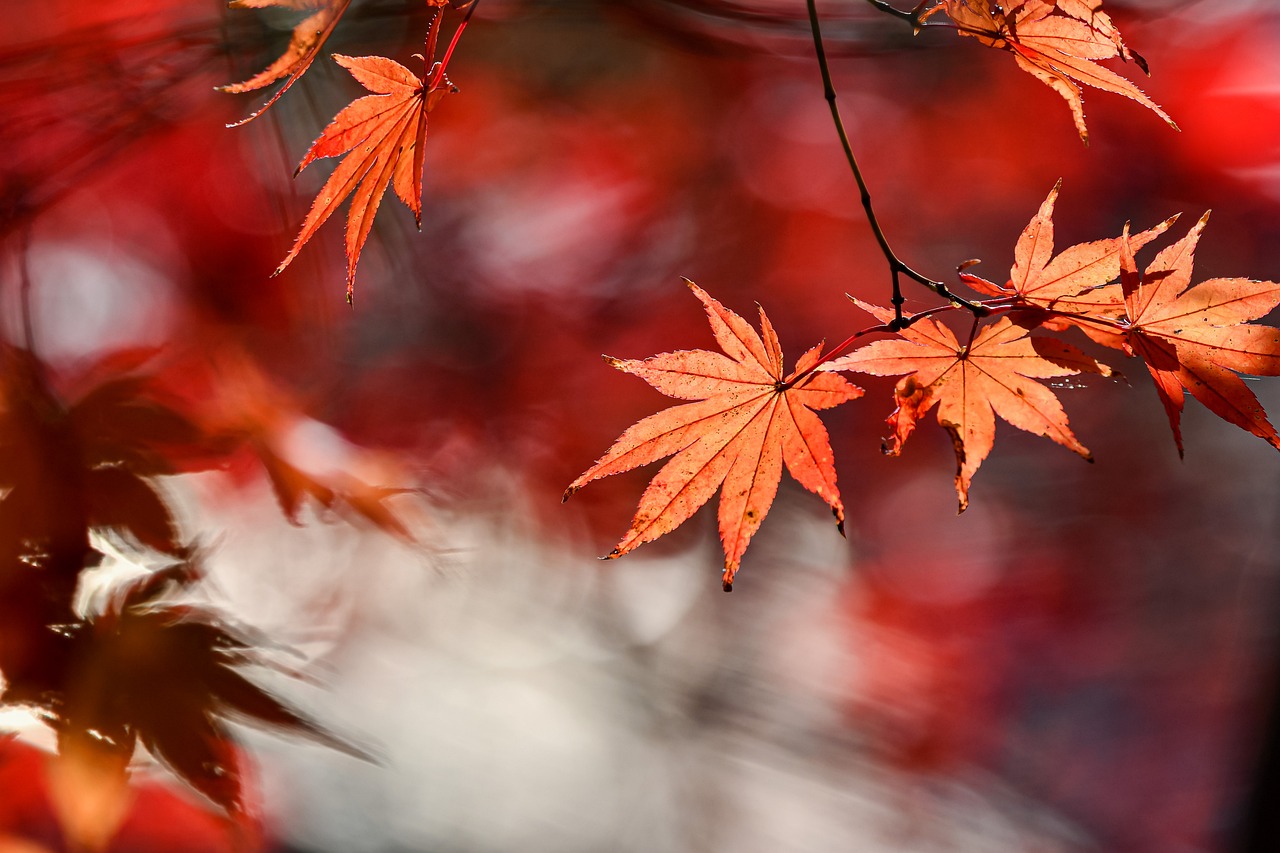
Scenic Landscapes
When it comes to scenic beauty, Kyoto offers a feast for the eyes with its diverse landscapes that showcase the natural splendor of Japan. The Arashiyama district, located on the western outskirts of the city, is a tranquil oasis filled with bamboo groves, lush gardens, and the iconic Togetsukyo Bridge spanning the Katsura River. Walking through the Arashiyama Bamboo Grove feels like stepping into a serene painting, where the rustling bamboo leaves create a symphony of nature.
Heading towards the eastern part of Kyoto, the Higashiyama mountains provide a stunning backdrop to the cityscape. The narrow streets lined with traditional wooden houses, known as machiya, lead to historic temples like Kiyomizu-dera, offering panoramic views of Kyoto from its famous wooden stage. The blend of nature and architecture in Higashiyama creates a harmonious balance between man-made structures and natural beauty.
Flowing through the heart of Kyoto, the Katsura River meanders peacefully, offering a serene escape from the bustling city life. Cherry blossom trees line the riverbanks, creating a picturesque setting during the hanami season when locals and tourists gather to admire the delicate pink blooms. The Katsura River is not just a waterway but a symbol of tranquility that runs through the veins of Kyoto, connecting its past with the present.
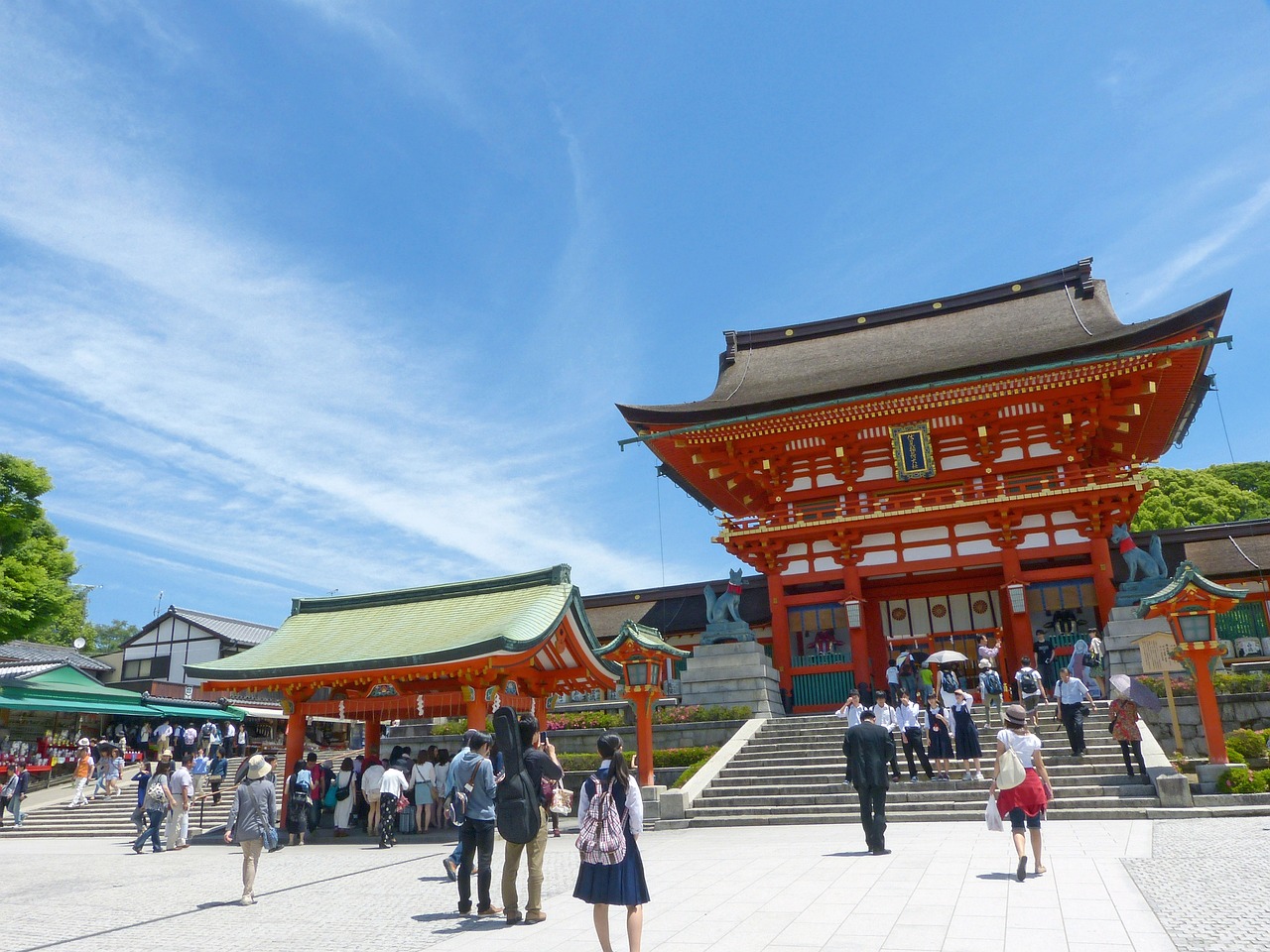
Modern and Traditional Blend
Discover the charm and beauty of Kyoto, a city in Japan known for its traditional temples, stunning gardens, historic tea houses, and rich cultural heritage that attracts millions of visitors every year.
In Kyoto, the harmonious blend of modernity and tradition creates a fascinating tapestry that captivates visitors from around the world. As you wander through the city streets, you'll witness a striking juxtaposition of futuristic architecture seamlessly coexisting with ancient temples and historic buildings. It's like stepping into a time machine where the past and present converge in a mesmerizing dance of contrasts.
Imagine walking from a sleek, contemporary shopping mall to a centuries-old shrine nestled in the heart of the city. The transition between these two worlds is seamless, offering a unique glimpse into Kyoto's ability to embrace both its rich cultural heritage and modern innovations. It's a city where tradition is not just preserved but celebrated alongside the advancements of the 21st century.
One moment, you may find yourself admiring the cutting-edge design of a modern art museum, and the next, you're exploring the narrow lanes of Gion, Kyoto's historic geisha district. This seamless integration of old and new creates a dynamic urban environment that is both captivating and inspiring. It's a living testament to Kyoto's ability to evolve while staying true to its roots.
Frequently Asked Questions
- What are the must-visit historical sites in Kyoto?
In Kyoto, don't miss iconic landmarks like Kinkaku-ji (Golden Pavilion) and Fushimi Inari Taisha, which offer a glimpse into Japan's rich cultural and architectural history.
- How can I experience traditional Japanese tea culture in Kyoto?
Immerse yourself in the serene atmosphere of traditional tea houses in Kyoto, where you can participate in tea ceremonies and learn about the art of Japanese tea preparation and etiquette.
- What culinary delights can I enjoy in Kyoto?
Indulge in Kyoto's renowned culinary scene, from traditional kaiseki meals to street food treats like yuba (tofu skin) and matcha-flavored snacks, offering a unique gastronomic experience.
- Are there any vibrant cultural festivals in Kyoto?
Experience the vibrant cultural scene in Kyoto by witnessing festivals like Gion Matsuri and Aoi Matsuri, where traditional performances and ceremonies showcase Japan's rich heritage.
- How can I explore Kyoto's arts and crafts scene?
Discover Kyoto's thriving arts and crafts scene by visiting artisan workshops, pottery studios, and traditional textile shops to witness the city's creative talents up close.
- What are some scenic landscapes to explore around Kyoto?
Marvel at the picturesque landscapes surrounding Kyoto, including the scenic Arashiyama district, Higashiyama mountains, and the tranquil Katsura River, offering breathtaking views and photo opportunities.
- How does Kyoto blend modernity with tradition?
Experience the unique blend of modernity and tradition in Kyoto, where futuristic architecture coexists harmoniously with historic buildings, creating a dynamic urban environment that captivates visitors.

